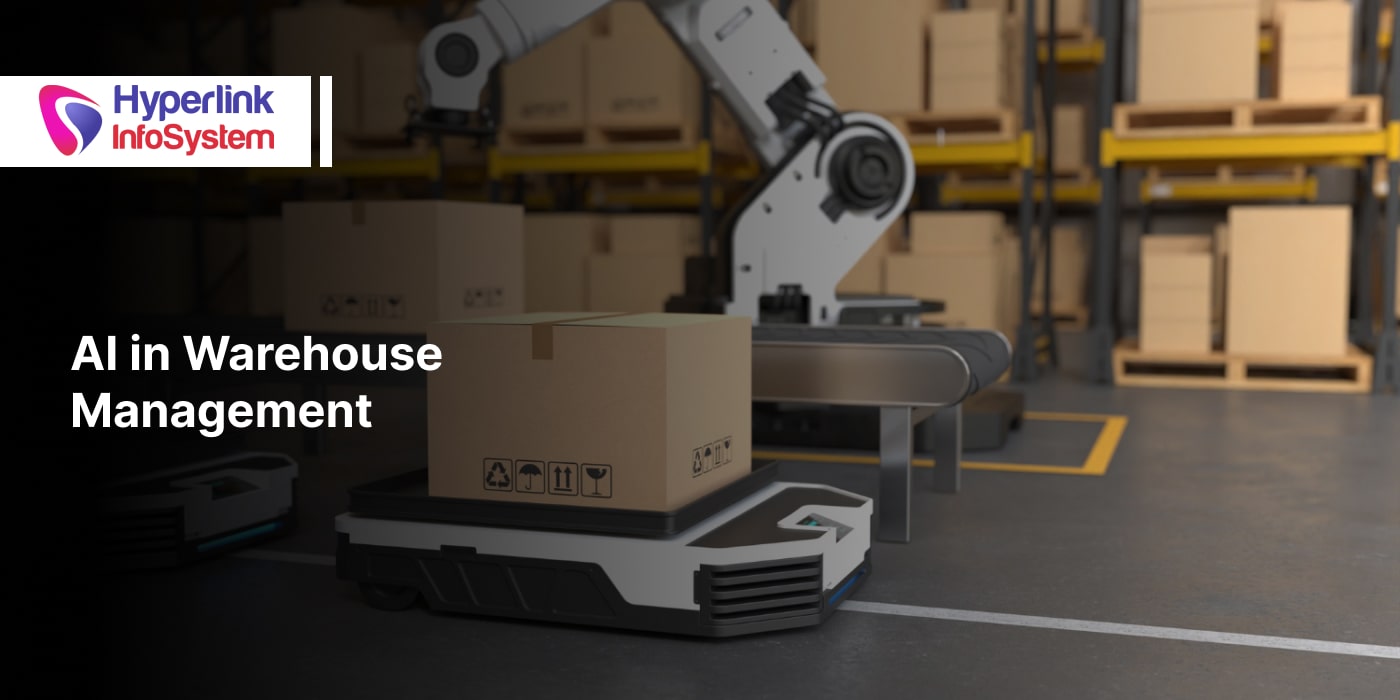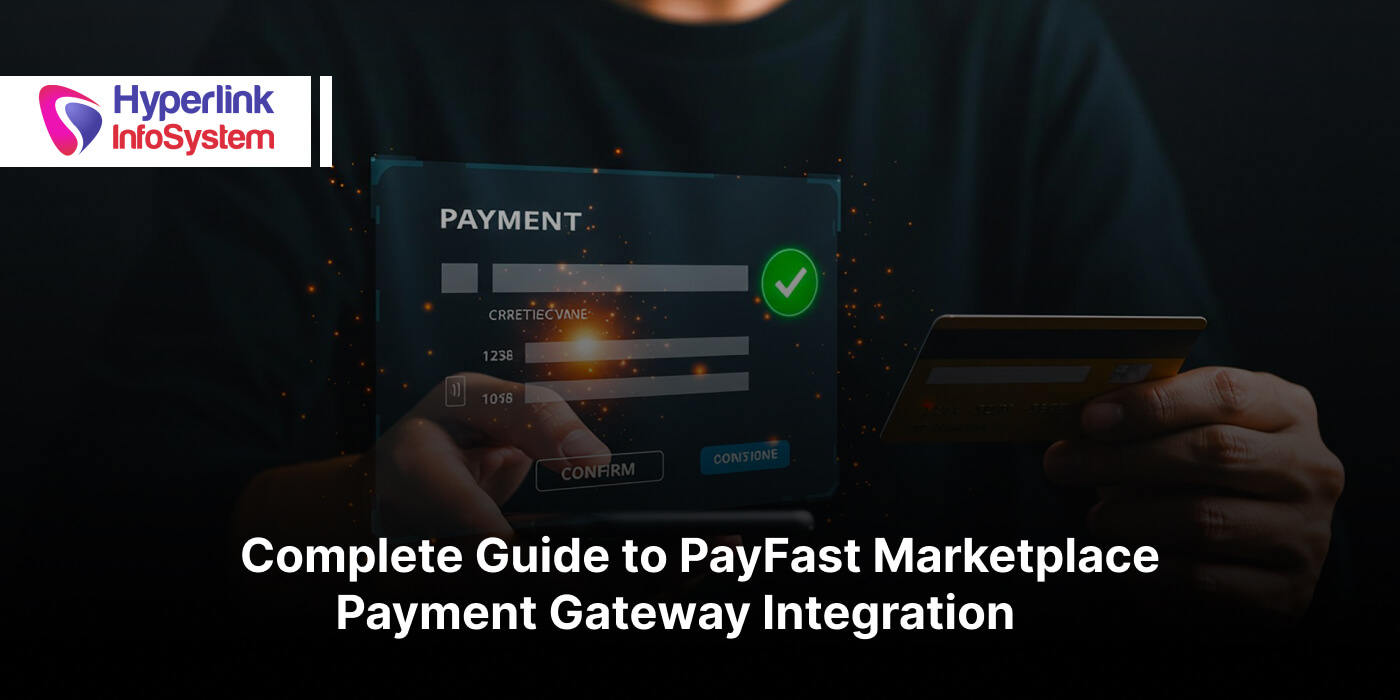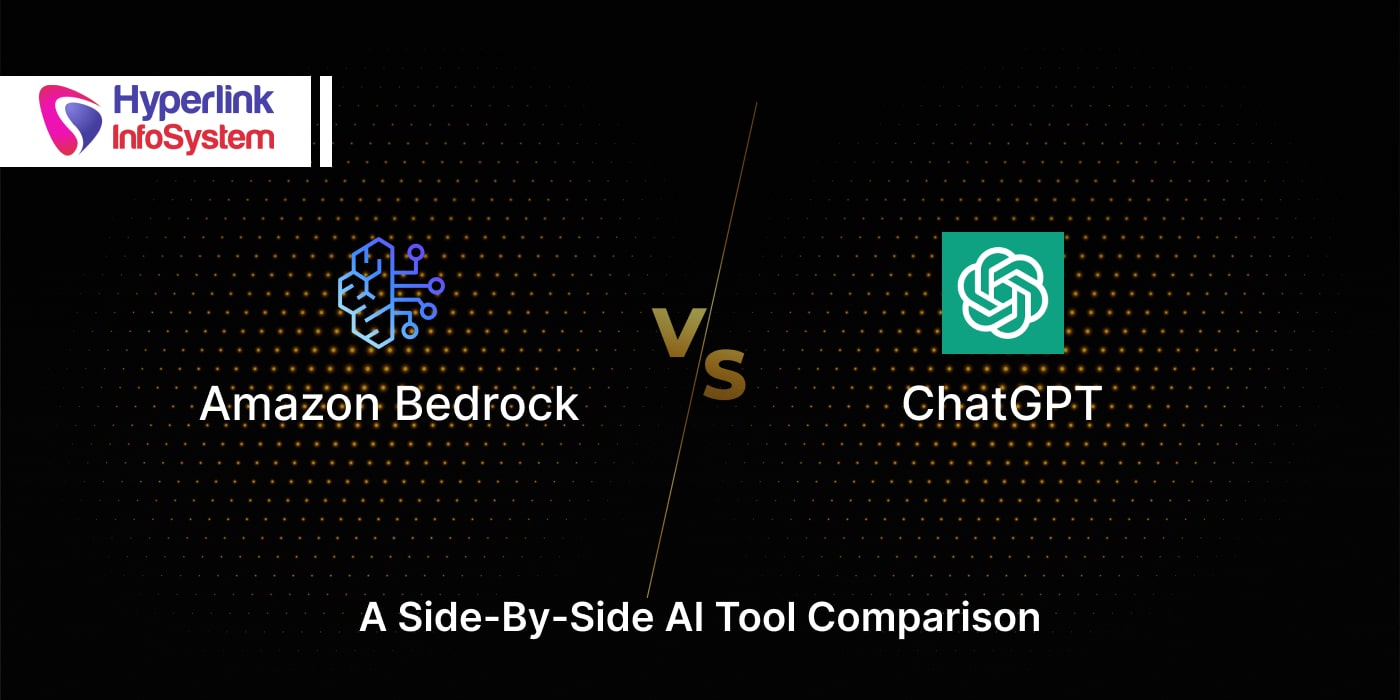�
In 2019, smartphone users accounted for 3.2 billion. An average mobile user has more than 63 interactions with their mobile each day, according to Lefttonic. IAB's report says that approximately 60% of online searches now come from smartphones.
According to a study, more than 90% of mobile users' time is spent on mobile apps, and an average person uses more than 30 apps. It wouldn't be something new to say that smart devices and mobile apps by
top app developers usa 2020 are now an everyday need of the modern lifestyle.
In recent times, the industry has gone far ahead of traditional mobile devices. Gone are the days when having a smartphone with primary features was adequate to gratify the crowd; now, users want more.
Factors to Keep in Mind While Building Apps for Foldable Devices
The latest innovation inside the mobile industry is the introduction of foldable devices.
This presents a tough question for mobile app developers on how this new invention inside the mobile device affects app development.
Here are the factors and changes you must keep in mind while building mobile apps for foldable devices.
1. Make It Resizable
One definite feature of foldable devices is that their screens are considerably large compared to any of the mobile devices we are accustomed to. Moreover, most foldable devices are equipped with multi-window mode.
As a developer, you should ensure that the app you build is compatible with the screen and the multi-window mode. The simplest way to do this is by using the code "resizableActivity=true." This code helps the system in anticipating that your app supports resizable screens and multi-window.
Thus, this code helps an app be compatible with a wide range of screens. This includes freeform, windows, desktop screens, and of course, foldable devices.
2. Account For 2 States of the Smartphone
Ensure to account for the two states of the smartphone. The apparent difference between a traditional phone and a foldable one is that there are 2 ways you can use foldable devices - unfolded screens and folded screens.
This will impact the working of the app. It would help if you determined which features you want to reflect on which screen. For example, the unfolded screens of foldable phones give you much room to work with. You can utilize it to render an extra enhancing experience.
It is better to enable users to navigate with multiple fingers parallelly instead of one. You must build an app that works optimally for both screens.
3. Tune In With the Screen Ratios
The form factors of foldable devices are most likely to differ a lot, based on the manufacturer. Some manufacturers go for very high, long, and thin screens, while other mobiles might highlight heavier and shorter screens.
It is crucial to test your mobile app for multiple screen ratios, which will ensure that your app is compatible with many devices.
Tools like minAspectRatio and maxAspectRatio can recognize the highest and lowest ratios the app can manage.
4. Multi-resume
Nothing is more irksome than one app pausing when you open another. Multi-window mode can help to combat this scenario. Still, when apps run on Android versions below 9.0, only the app displayed on the screen is resumed after the device is locked.
However, these errors are taken care of in Android 10 and above. All mobile apps functional are resumed in the multi-window mode. Mobile apps for foldable devices must also be built considering this factor.
5. Supporting Multiple Screens Parallelly
At present, foldable devices need only one screen support at a time, and there is no surety of the same in the future. Many think that app developers will have to account for many screens simultaneously.
Tackling this change won't be challenging for mobile app developers, although it might seem intimidating. This is coz' the formation needed for various screens is somewhat similar to the projected screens through Chrome OS.
While building an app for a foldable device, you must determine which of the two screens you want as your main screen.
Account for the configuration modifications, resize, and context update must occur when an activity moves to a secondary display. Also, it would help if you mentioned the same to your users.
6. Ensure Quality
Mobile app developers must ensure that their apps' working remains the best irrespective of the type of foldable it is operated on.
It is wise to take turtle steps. Start by determining how many devices your app must be supported on. Research their ration and resolutions. Later, build an app baring it all in mind.
The more types of foldable devices hit the market, the more challenging it is to make sure of its working. This is because no one would run several tests on different devices. But you can thank the developers who have built emulators.
After the release of a foldable Samsung phone recently, Samsung also launched an Emulator for app developers.
But for those who want it all errorless, it is your best resort to switch to the old-fashioned method and run the app on each foldable device out there.
7. Cater to Feedback
Mistakes are inevitable while entering a new arena. Instead of being hard on yourself, just ensure that you have a clear and detailed feedback collection process in place to catch customer complaints and solve them. And this might actually require to change the configuration of the app.
Before launching your app on a large scale, run a trial campaign. This will let you reduce any negative impact that the vast mistakes can cause. You can correct the issues before your mobile app launch.
At the app development phase, you should leave room for adaptability, mainly regarding the screens' transition state.
Bottom Line
Building apps for foldable devices is not a bizarre concept. Rather, it is only an extension of what an iOS app development company already do. You must have a team of experts to help you with it.
It would help to research all features of foldable devices that are different from traditional mobile phones. You must observe the impact of the features on your app development process and modify the method accordingly. After considering all these factors, building apps for foldable devices won't seem intimidating.


























